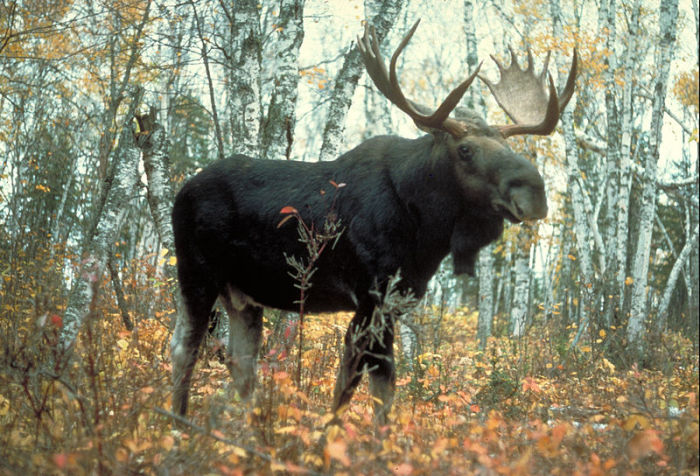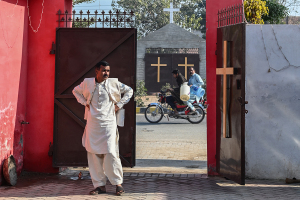Moose Die-Off Alarms Scientists; Climate Change Suggested as Reason for Drastic Decline in Numbers
Moose are dying off at such a rate across North America that scientists are now expressing grave concerns over what the shocking death rate means.

Researchers have indicated that climate change and pests could be factors in the declining numbers of moose, but the moose population is decreasing so much that scientists are baffled as to why.
Reports have pointed out that Minnesota was once home to two separate moose populations just two decades ago. However, one of those populations has now declined to just 100, and the second population is also currently decreasing at a rate of 25 percent per year.
According to The New York Times, hunting permits in Montana dropped from 769 in 1995 to just 362 in 2012. However, despite the permits more than halving during that period, the moose die-offs are continuing at an alarming rate.
Nicolas DeCesare, a biologist with the Montana Department of Fish, Wildlife and Parks who monitors moose numbers across part of the state, has said, "Something's changed."
He added, "There's fewer moose out there, and hunters are working harder to find them."
Climate change is one of the most highly cited culprits for the problem. Scientists have highlighted that winters now shorter than two decades ago across the regions with major moose populations and that could be having an affect. Longer fall and less snow in New Hampshire have also been said to have increased the population of winter ticks, which could also be having an influence on the moose populations.
Other reports have pointed to heat exhaustion as a factor, as the moose populations have to use more energy to stay cool once temperatures rise up above 23 degrees Fahrenheit. Wolves and unplanned hunting have also been suggested as factors, but it is unclear how they could have influenced such a widespread and drastic drop in the moose populations.
Here is a related video:






























